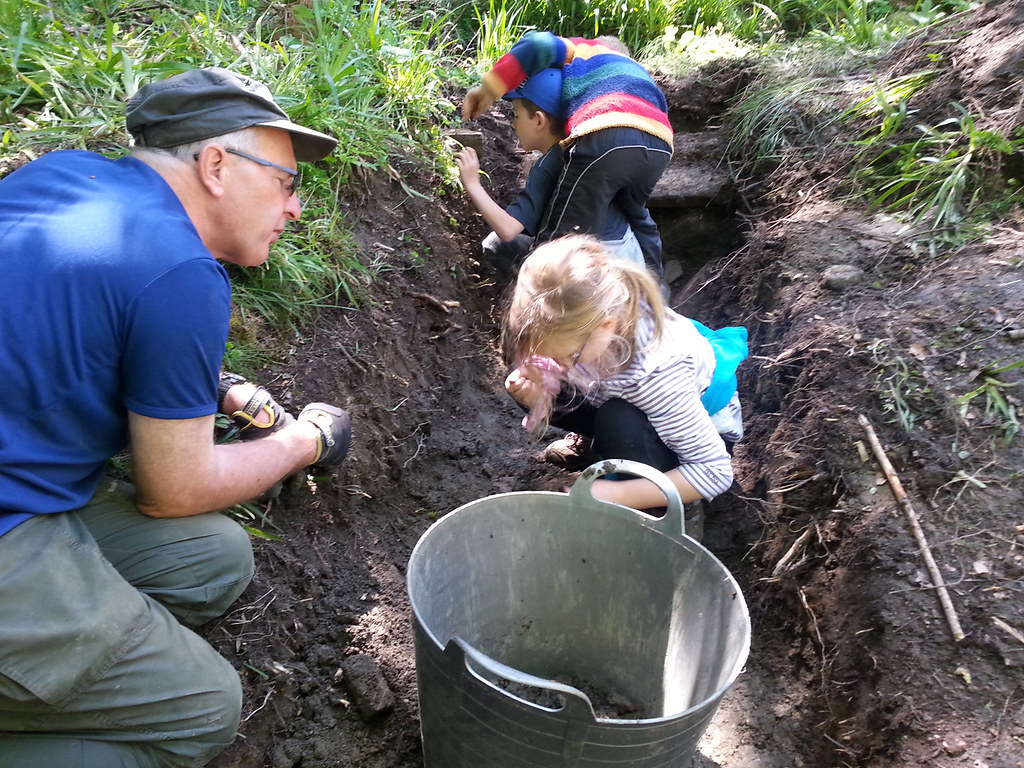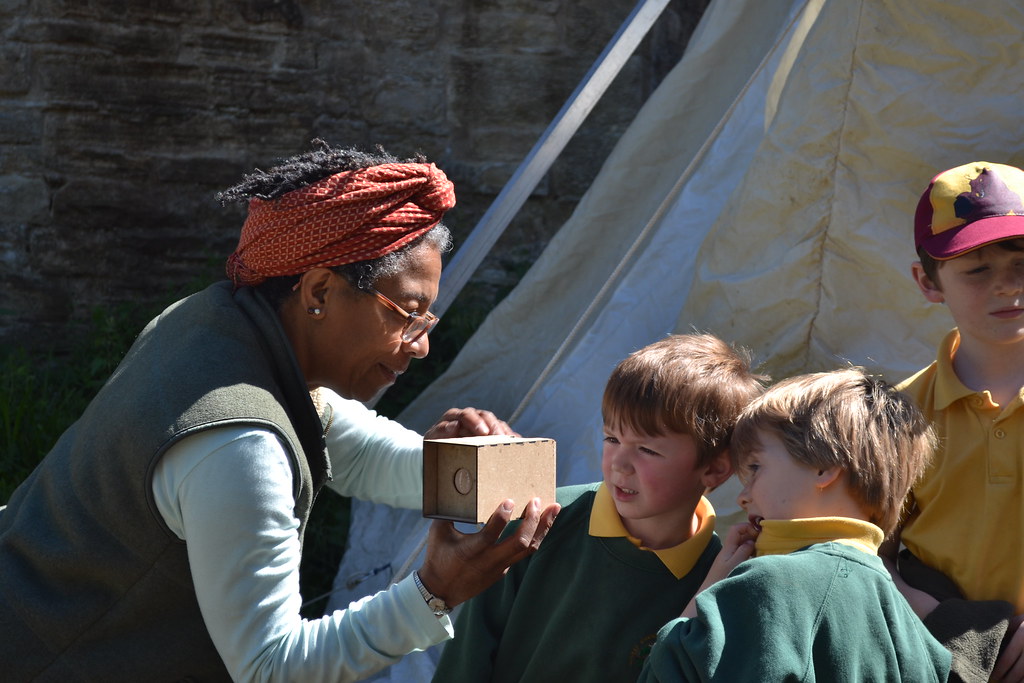Three schools from along the lead routes worked with the project: Allendale Primary, Whitley Chapel First and Slaley First schools.
Allendale Primary built on earlier trips down mines and had two field visits – one to the miner-farmer landscapes of Allenheads where many of the children live, and one to Dukesfield for an arts and heritage day working alongside artists, archaeologists and stonemasons.
Finally their work was consolidated with a creativity day, making prints, a banner and writing haikus which festooned our tent at the 2014 Slaley Show. Read some of their haiku poetry which explores how Dukesfield has changed over time here.
See what they thought of it all here: Allendale School summary SM
Our work with Allendale Primary was written up as a case study and used by the Council for Learning Outside the Classroom (UK Professional Body) as a case study for their English teaching resource. You can download the case study here.
Whitley Chapel First School worked in the classroom to understand the mining and smelting processes and to recreate some of the beautiful Spar Boxes miners made in the past. They also worked with artist Ingrid Pollard to explore different perspectives of the Arches using a camera obscura
The older children at Slaley First School enjoyed a classroom talk by one of the Steering Group members. Maps, site plans, sketches of carriers and their ponies, photographs of Dukesfield Arches and of modern day lead products were shown to the children who in turn asked questions about smelting lead ore and how the fires kept burning.
They had previously been to Killhope so understood what a waterwheel looked like and how it was used to provide power. It was difficult for the boys and girls to imagine life in the 1700s and early 1800s but armed with evidence gained from the activities associated with the project, early foods, living conditions, work, play and family life was discussed.
That afternoon the children and their teachers met with neighbouring pupils from Whitley Chapel First School, and they visited the site by walking over the footbridge spanning the Devil’s Water. Steps were counted from the bridge to the Arches in an attempt to show distances and the amount of steps adults and children would have travelled as they went about their daily lives.
On arrival at Dukesfield Smelt Mill Arches the children were split into groups of eight with an adult and the previously hidden remains uncovered by the archaeology was discussed and pondered over. Holes in the stonework of the Arches were counted and speculated upon. Before leaving the site the children walked to the modern day road with its 20th century bridge over the Devil’s Water where the remains of the ford was shown and the direction the carriers would have taken to get the smelted lead to the River Tyne at Blaydon.
Learning resources from the project are available FREE to download here




